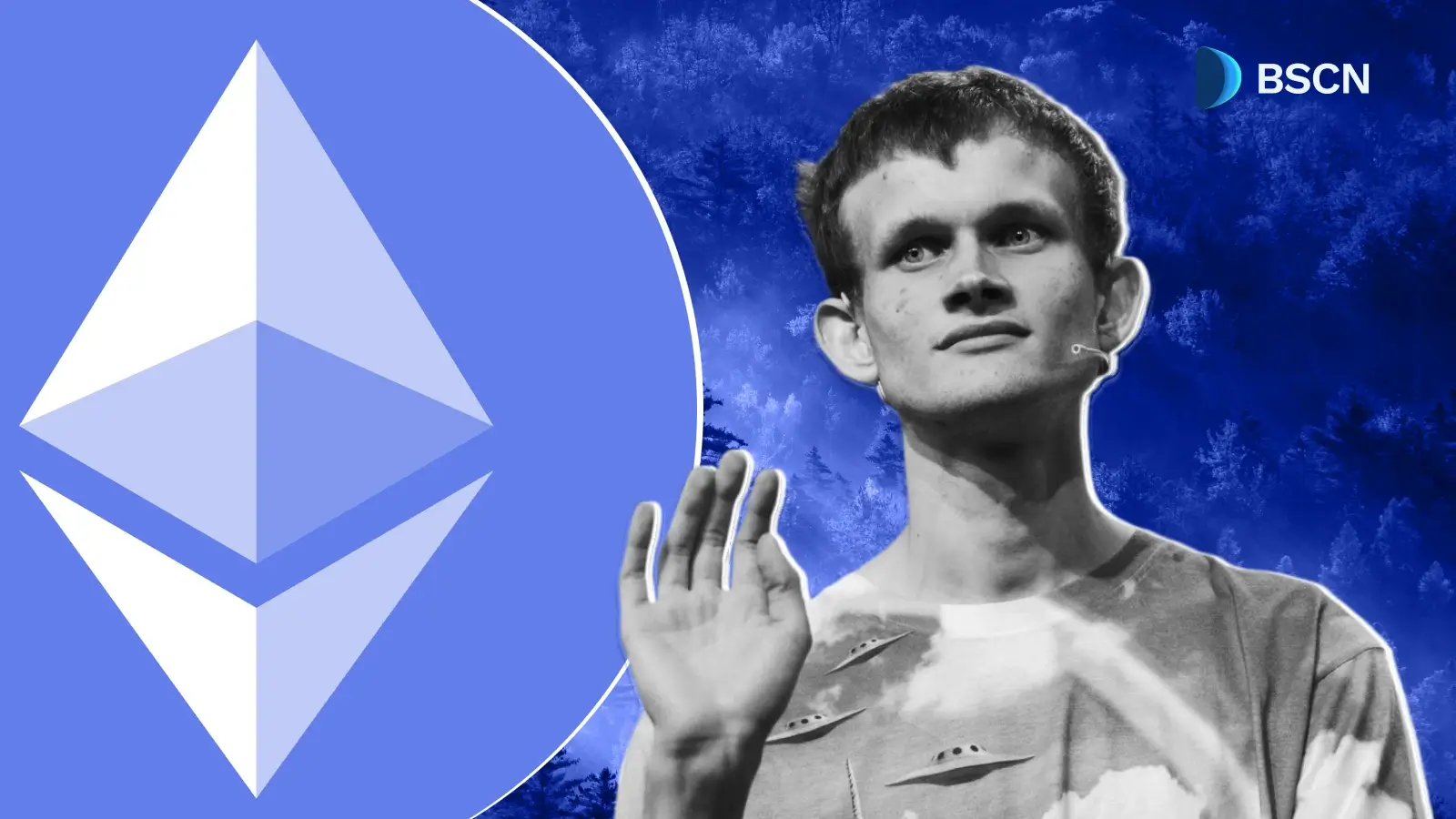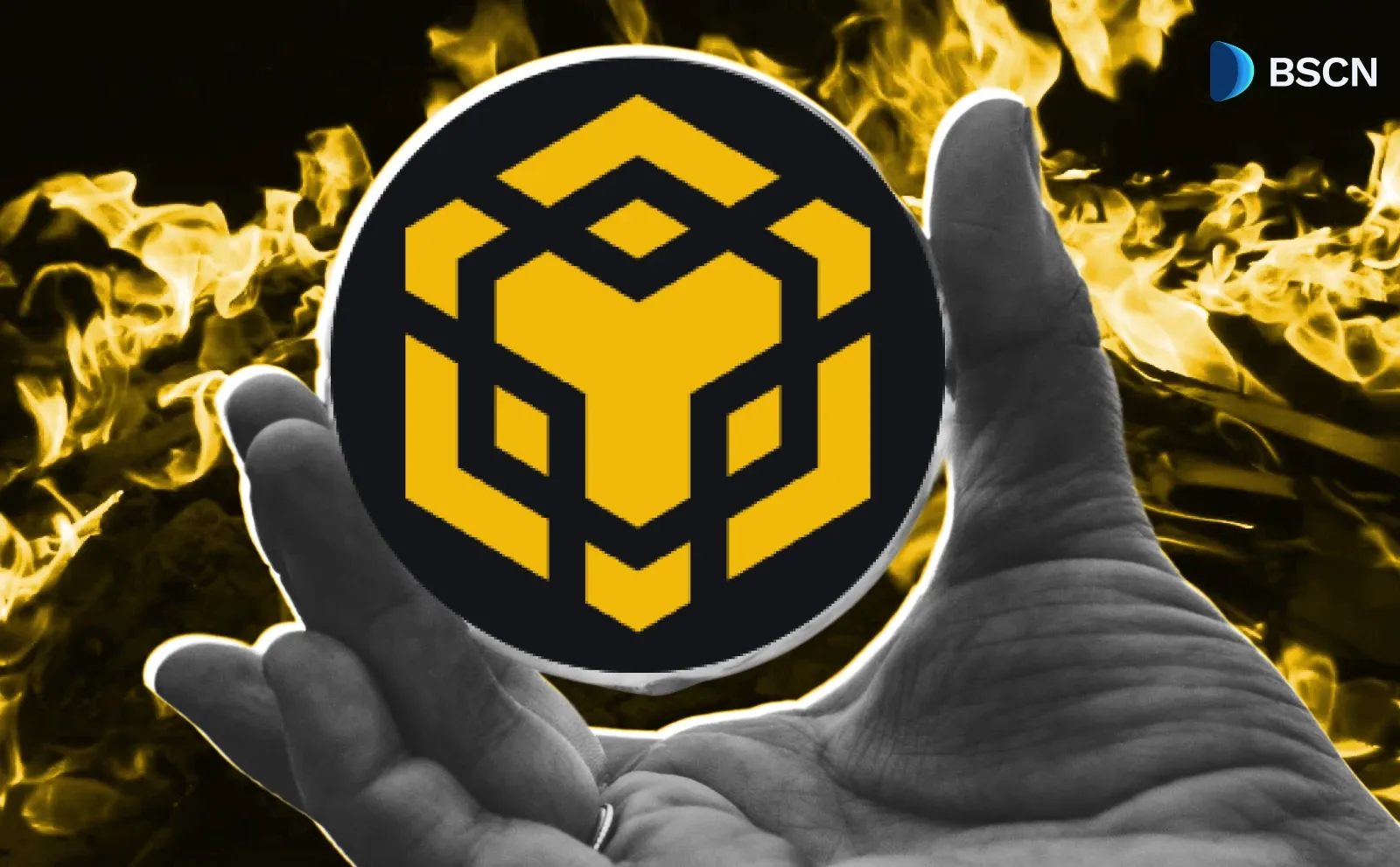Research
(Advertisement)
$10M Burned: Can World LibertyFi’s WLFI Break into the Top 10 Cryptocurrencies?

World LibertyFi’s WLFI token launched with major exchange listings, a $10M burn, and a DeFi roadmap. Can it sustain momentum in the crypto market?
Miracle Nwokwu
September 4, 2025
(Advertisement)
Table of Contents
World Liberty Financial's governance token, WLFI, entered the market on September 1, 2025. It quickly drew attention from traders and institutions alike. The project, tied to the Trump family through promotional involvement, focuses on decentralized finance tools, starting with its stablecoin USD1. Just a day after launch, the team burned 47 million WLFI tokens valued at over $10 million. This move aimed to reduce supply and signal commitment to holders. Now trading at around $0.18, WLFI holds a market cap of $4.9 billion. It sits at rank 41 among cryptocurrencies, having shed a significant 21% in the past 24 hours. The question lingers: does the token have what it takes for a push into the elite top 10?
Launch and Exchange Integrations
The rollout of WLFI marked a coordinated effort across multiple platforms. Trading began simultaneously on centralized exchanges like Binance, HTX, MEXC, and KuCoin, as well as decentralized ones such as Uniswap and PancakeSwap. On Binance, for instance, pairs like WLFI/USDT and WLFI/USDC went live at 13:00 UTC, with deposits opening hours earlier. This day-one presence on major venues is uncommon for new tokens. It allowed immediate liquidity and broad access.
Other listings followed suit. Gate.io and Bitget enabled spot trading shortly after, while Kraken and Bybit supported perpetuals. HTX even introduced isolated margin trading for WLFI/USDT. These steps provided diverse options for users, from spot buys to leveraged positions. The project's team emphasized no early token movements occurred, prioritizing retail participants who bought in at presale prices of $0.015 and $0.05. Founders and partners held off on unlocks, a rare choice in crypto launches. This structure helped maintain stability amid initial volatility.
Security Measures and Ecosystem Support
Security played a key role in the early days. The team thwarted potential hacks by blacklisting compromised wallets before trading started. On-chain transactions show these actions protected the protocol's lockbox, with assistance offered to affected users. No exploits hit the core system; issues stemmed from individual key losses.
Support from figures like Justin Sun added weight. As a presale participant, Sun announced no plans to sell his unlocked tokens soon. He also committed to minting $200 million in USD1 on the Tron network and enabling WLFI yield on HTX. Such integrations could expand USD1's reach, which already stands as a fast-growing stablecoin. The treasury, holding allocations for operations and incentives, remains well-funded. Wallets like the strategic reserve highlight this readiness.
The Burn Event and Buyback Proposal
On September 2, World Liberty Financial executed a significant burn: 47 million WLFI tokens sent to a null address, removing them permanently. Valued at $10.7 million at the time, this reduced circulating supply by a small but notable fraction. The team framed it as a commemoration of their governance proposal and a way to concentrate tokens among committed holders.
WLFI(@worldlibertyfi) burned 47M $WLFI($11.34M) 8 hours ago.https://t.co/6RFU5aD933 pic.twitter.com/Jd0M3qgvY0
— Lookonchain (@lookonchain) September 3, 2025
That proposal, now live for voting, suggests directing 100% of fees from protocol-owned liquidity toward buybacks and burns. Every trade would then contribute to shrinking supply over time. If approved, it could establish an ongoing mechanism, expandable as the protocol matures. Transparency remains central, with all actions verifiable on-chain. This approach rewards long-term participants by countering dilution from short-term trading.
Current Market Standing
WLFI’s circulating supply stands at 27.4 billion out of a total 100 billion, or about 24.7%. This includes provisions for liquidity and treasury needs, designed to avoid future shocks. Trading volume hit $6 billion in perps on Binance alone in the first day, with overall 24-hour volume now over $1 billion. The price dipped from an early high of $0.40, stabilized above the initial listing of $0.20, only to slip below.
Compared to peers, WLFI’s market cap already surpasses projects like Aave and Lido. Its rank reflects rapid adoption, boosted by the project's ties and stablecoin foundation. USD1's growth provides a practical use case, potentially driving more fees into the buyback system.
Factors for Top 10 Potential
Reaching the top 10 would require sustained growth. Analysts point to several elements. Price predictions for 2025 range up to $0.52, with longer-term targets at $1.74 by 2028 or even $3.90 by 2030, assuming increased DeFi adoption. The burn program could enhance scarcity, much like strategies in other tokens.
Roadmap items include DeFi integrations, NFT features, and cross-chain expansions by late 2025. If USD1 circulates widely—bolstered by partnerships like Sun's—it might generate substantial fees. Community governance could refine these, fostering holder engagement. Yet success hinges on execution. Broader market trends, regulatory clarity, and user trust will influence outcomes. Some view WLFI as a "cult coin" with explosive upside if sentiment aligns.
The team has bought $2 million in WLFI on-chain, showing alignment. ALTS, the treasury entity, plans to hold like MicroStrategy does with Bitcoin. These steps build a case for longevity.
Looking Ahead
World Liberty Financial's early moves— from multi-exchange launches to the 47 million token burn—position WLFI as a contender in DeFi. The governance proposal offers a clear path to value accrual. With a solid market cap and high volume, it has room to grow. Whether it cracks the top 10 depends on delivering on promises like app launches and stablecoin expansion. Market participants should monitor on-chain metrics, vote outcomes, and partnerships. For now, WLFI demonstrates structured ambition in a competitive space.
Sources:
- Lookonchain Tweet on WLFI Token Burn: https://twitter.com/lookonchain/status/1963070423178084541
- Etherscan Transaction for WLFI Burn: https://etherscan.io/tx/0x24ffbb29f4ac8bc8a88887396f83f6f91154f11912e8e095f3ceb6c462456309
- World LibertyFi Twitter Profile: https://twitter.com/worldlibertyfi
- WLFI Buyback and Burn Proposal: https://governance.worldlibertyfinancial.com/t/proposal-use-100-of-wlfi-treasury-liquidity-fees-for-buyback-burn/41226
Read Next...
Frequently Asked Questions
What is the WLFI token?
WLFI is the governance token of World Liberty Financial, launched on September 1, 2025, focused on DeFi tools and tied to the USD1 stablecoin with Trump family promotional involvement.
Which exchanges list WLFI?
WLFI is listed on Binance, HTX, MEXC, KuCoin, Uniswap, PancakeSwap, Gate.io, Bitget, Kraken, and Bybit for spot, perpetuals, and margin trading.
Disclaimer
Disclaimer: The views expressed in this article do not necessarily represent the views of BSCN. The information provided in this article is for educational and entertainment purposes only and should not be construed as investment advice, or advice of any kind. BSCN assumes no responsibility for any investment decisions made based on the information provided in this article. If you believe that the article should be amended, please reach out to the BSCN team by emailing [email protected].
Author
 Miracle Nwokwu
Miracle NwokwuMiracle holds undergraduate degrees in French and Marketing Analytics and has been researching cryptocurrency and blockchain technology since 2016. He specializes in technical analysis and on-chain analytics, and has taught formal technical analysis courses. His written work has been featured across multiple crypto publications including The Capital, CryptoTVPlus, and Bitville, in addition to BSCN.
(Advertisement)
Latest News
(Advertisement)
Crypto Project & Token Reviews
Project & Token Reviews
Comprehensive reviews of crypto's most interesting projects and assets
Learn about the hottest projects & tokens
Latest Crypto News
Get up to date with the latest crypto news stories and events














